Embarking on your artistic journey can be an exhilarating experience, especially when diving into the world of painting. For beginners, the prospect of picking up a brush can feel overwhelming, but with the right guidance and tools, anyone can unlock their creative potential. Whether you’re drawn to landscapes, portraits, or abstract expressions, this guide will walk you through the fundamentals of painting, providing step-by-step tutorials, tips, and resources to help you get started. From mastering the basics of color theory to discovering the best YouTube channels for painting tutorials, this comprehensive approach ensures that every aspect of your journey is supported. With the right mindset and dedication, you’ll soon be creating masterpiece after masterpiece, transforming your artistic vision into reality. Let’s dive in and ignite your passion for painting!
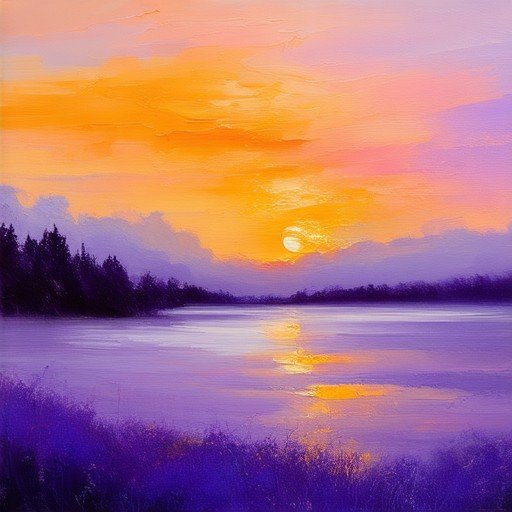
What is the Easiest Thing to Paint as a Beginner?
The easiest thing to paint as a beginner is often considered to be a landscape scene. Landscapes provide a vast array of elements that can be simplified and focused on, allowing you to practice basic techniques without feeling overwhelmed. Start with a simple tree, a sky, and some basic mountains in the distance. This approach allows for creativity while offering a clear structure to work with.
- Focus on large shapes and basic forms to keep it simple.
- Use bold colors for the sky and softer tones for the ground to create mood.
- Practice shading and highlighting techniques to bring depth to your scene.
Remember, the goal is to enjoy the process and gradually build your skills. Keep your brushes loaded with water and use broad strokes for large areas, switching to finer details for smaller elements. With practice, you’ll soon feel more confident in your abilities!
How Should a Beginner Start Painting?
Starting to paint can be an exciting journey, but it’s important to approach it with patience and the right mindset. Here’s a step-by-step guide to help you get started:
Gather Your Supplies
Before you begin, make sure you have the necessary materials. Here’s what you’ll need:
- Canvas or painting surface
- Paint (acrylics, watercolors, oil paints, or spray paint)
- Brushes (varied sizes)
- Palette
- Paint solvent or thinner (if using oil paints)
- Mixing palette
- Water cup (for water-based paints)
- Sketchbook or paper (optional)
Choose Your Medium
Decide which type of paint you prefer:
- Acrylics: Great for bold colors and quick drying
- Watercolors: Perfect for detailed work and natural hues
- Oil Paints: Ideal for texture and layers, though slower-drying
- Spray Paint: Best for urban or abstract styles
Practice Basic Techniques
Mastering fundamental techniques will set you on the right path:
- Learn how to mix colors effectively
- Understand brushstrokes (long, short, soft, hard)
- Experiment with textures (like impasto or smooth)
- Study color theory to create harmonious palettes
Find Inspiration
Your surroundings can be a great source of creativity. Look for:
- Natural scenes (sunsets, landscapes)
- Abstract shapes and patterns
- People, animals, or everyday objects
- Artwork from masters you admire
Establish a Routine
Consistency is key to improving your skills. Set aside regular time each week to paint:
- Choose a dedicated space for your artwork
- Set realistic goals for each session
- Stay focused on your piece until completion
Persist and Experiment
Don’t be afraid to make mistakes. Every stroke is part of your unique journey:
- Step outside your comfort zone
- Try different styles and mediums
- Seek feedback from friends or online communities
- Keep a journal of your progress
Remember, painting is a personal process. Enjoy the journey, and let your creativity guide you!
Explore more painting tips and resources at Artful Journey.
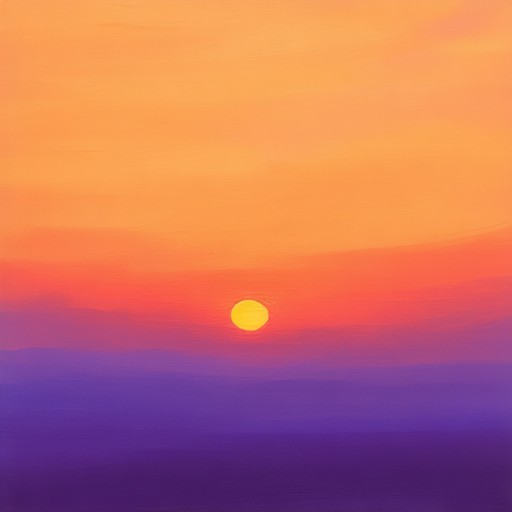
Which is the best YouTube channel to learn painting?
Learning painting can be a rewarding journey, and there are several excellent YouTube channels that offer valuable resources and tutorials. Here are some top recommendations:
- Paint With Kevin – Known for his detailed step-by-step tutorials, Kevin covers a wide range of techniques, from basic to advanced, making it ideal for both beginners and experienced painters.
- UrvArtStudio – Specializing in acrylic painting, UrvArtStudio provides practical advice and demonstrations that are both informative and engaging.
- Artistic Aspirations – This channel focuses on oil painting techniques and offers high-quality videos that guide viewers through complex subjects like portrait painting and landscape art.
- Watercolour World – Perfect for those interested in watercolor painting, this channel features tutorials on everything from washes to flower painting, suitable for all skill levels.
- Bob Ross – While primarily known for his iconic “The Joy of Painting” series, Bob Ross’s methodical approach to landscape painting is a great resource for anyone looking to improve their observational skills.
Each of these channels offers unique perspectives and teaching methods, allowing you to find a style that suits your artistic goals. Whether you prefer acrylics, oils, or watercolors, there’s likely a channel here to inspire and guide your journey.
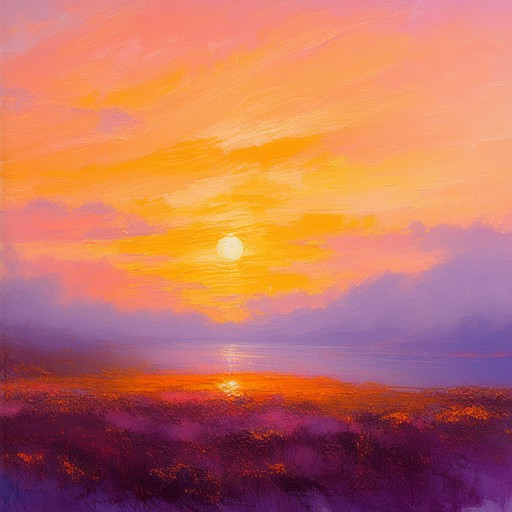
How Can I Learn to Paint for Free?
To learn to paint for free, explore the following resources and opportunities:
1. Online Resources
- YouTube Channels: Discover free painting tutorials on channels like YouTube . Search for “free painting tutorials” to find channels offering basic to advanced techniques.
- Skillshare: Sign up for a free trial or check their workshop section for free classes on painting techniques.
- Udemy: Look for ongoing promotions or free courses on painting. Visit their website for details.
- Drawspace and ArtStation: Access free tutorials, brushes, and community support on these platforms dedicated to artists.
2. Social Media and Communities
- Instagram and Pinterest: Follow artists and explore hashtags like #PaintingTips for inspiration and guides.
- Facebook Groups: Join local art communities for shared projects and advice.
- Forums and Reddit: Engage with supportive groups on platforms like DeviantArt or Reddit’s r/painting.
3. Art Blogs and Websites
- Visit blogs like Creative Blooms and The Artful Journey for articles, resources, and forums.
4. Local Workshops and Classes
- Check community centers or libraries for free or low-cost art classes near you.
5. Practice Regularly
- Dedicate time daily, even 30 minutes, to painting. Start with simple subjects like landscapes or portraits.
6. Explore Techniques and Tools
- Seek free video tutorials on platforms like YouTube or Vimeo for specific techniques.
- Use free digital tools such as Procreate or Krita, which often have beginner tutorials.
7. Experiment with Mediums
- Utilize household items creatively for textures and collages, reducing costs while exploring different mediums.
By leveraging these resources and opportunities, you can effectively learn to paint for free while building a strong foundation and creativity.
Yes, Painting Can Definitely Be Self-Taught
Painting is a skill that many people believe requires formal training, but the truth is, it’s perfectly possible—and often even advantageous—to become a skilled painter through self-teaching. The flexibility of self-learning allows you to explore your unique style, techniques, and pace without the constraints of a traditional classroom setting.
Advantages of Self-Taught Painting
- Unlimited Creativity:** Without the influence of a teacher, you can experiment freely with colors, textures, and mediums to develop your own signature style.
- Personalized Learning:** You can tailor your learning journey to focus on the aspects of painting that most interest you, whether that’s portraititure, landscape, abstract art, or something else.
- Immediate Feedback:** While not always available, self-practice provides instant feedback, allowing you to quickly see progress and adjust your approach.
Steps to Becoming a Self-Taught Painter
- Start Small:** Begin with simple subjects like still lifes or landscapes to build foundational skills before moving on to more complex topics.
- Experiment Regularly:** Don’t stick to one technique. Try different styles, tools, and mediums to discover what works best for you.
- Seek Inspiration:** Look at works by artists you admire to spark ideas and gain insight into different approaches to painting.
- Join a Community:** Engage with fellow artists online or in local groups to share experiences, get feedback, and stay motivated.
Essential Tools and Resources
- Quality Materials:** Invest in good brushes, paints, and canvas to ensure your work has the best chance of succeeding.
- Reference Guides:** Consider books or online tutorials that provide step-by-step instructions for various painting techniques.
- Online Platforms:** Websites like Artful Journey offer valuable resources, tutorials, and forums for aspiring artists.
Overcoming Challenges
One of the biggest hurdles of self-teaching is staying consistent. It’s easy to get discouraged, but remember that every great artist started somewhere. Practice, patience, and persistence are key to mastering painting on your own.
Conclusion
While formal training can be beneficial, self-taught painters have proven time and again that success is achievable through dedication, curiosity, and a willingness to learn. With the right resources and mindset, anyone can embark on their journey to becoming a skilled painter.
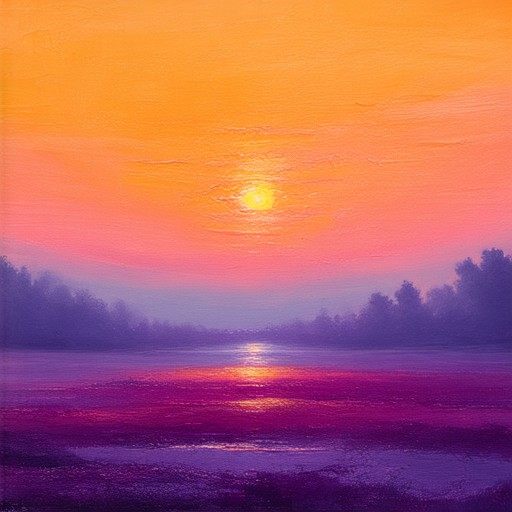
How to Paint Realistically for Beginners
Painting realistically can be a rewarding yet challenging endeavor. Here’s a step-by-step guide to help you get started:
1. Prepare Your Materials
Before you begin, gather the necessary tools and materials. For oil painting, you’ll need:
- A high-quality canvas or panel
- Artist-grade oil paints
- Paintbrushes (flat, round, and detail)
- Palette knives
- Paint thinner (turpentine or Gamsol)
- Water cup and paper towels
- Easel or stand
- Apron or old clothes
2. Understand Color Theory
Color plays a vital role in realism. Start by learning the basics:
- Use the rule of thirds for composition.
- Mix primary colors (red, yellow, blue) to create intermediate and tertiary hues.
- Save your expensive colors for small areas by covering them with cheaper alternatives when not in use.
3. Master Lighting and Shadows
Lighting is key to realistic paintings. Practice these techniques:
- Add cast shadows to create depth.
- Use penumbras to indicate lighting direction.
- Apply highlights to shiny surfaces.
4. Practice Regularly
Building skill takes time. Dedicate regular hours to painting:
- Sketch from life or photographs
- Study value scales to understand tonal ranges
- Examine masterpieces for technical insights
5. Work in Layers
Realistic painting often involves working in layers:
- Start with background and large shapes
- Add mid-tones next
- Finish with details and highlights
6. Observe Details Carefully
Pay attention to small elements for authenticity:
- Study textures in objects
- Observe patterns in fabrics
- Research unique features in your subject
Conclusion
Painting realistically is a journey of patience and practice. Keep experimenting, study nature and light, and don’t hesitate to make mistakes along the way. With dedication, you’ll develop your own unique style and become confident in your ability to capture lifelike scenes.
For more resources and tips, visit Artful Journey .
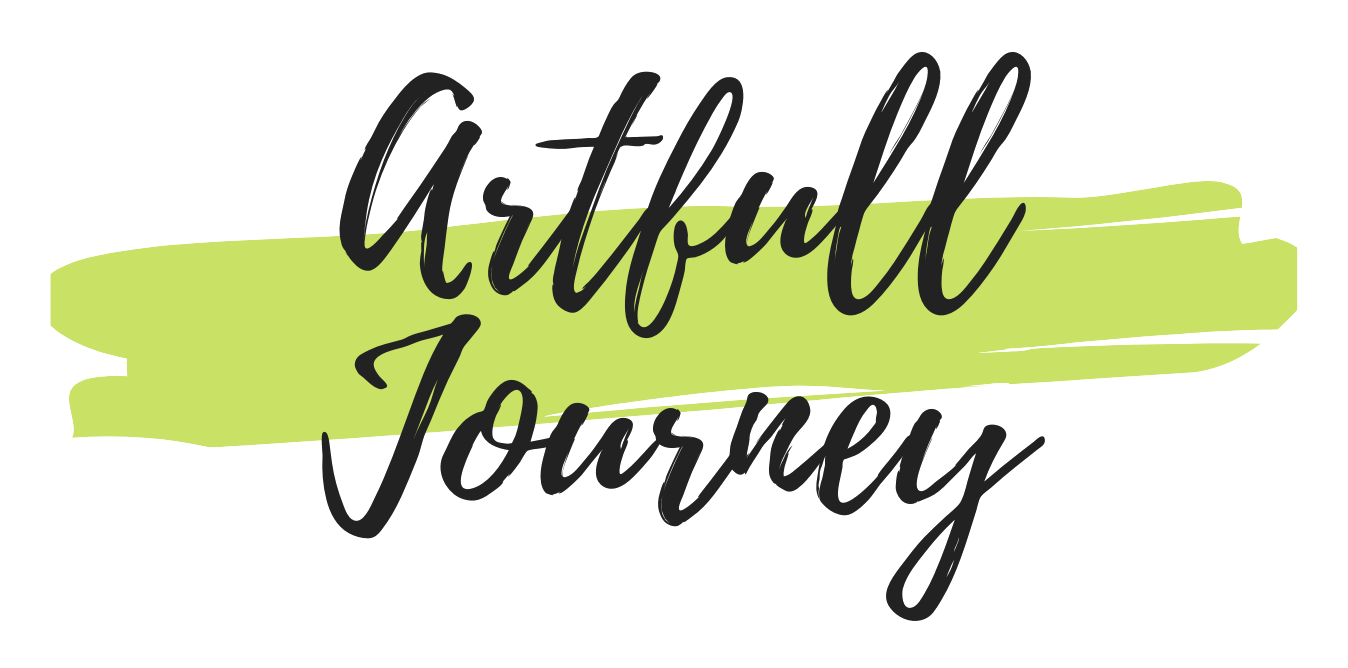



0 Comments